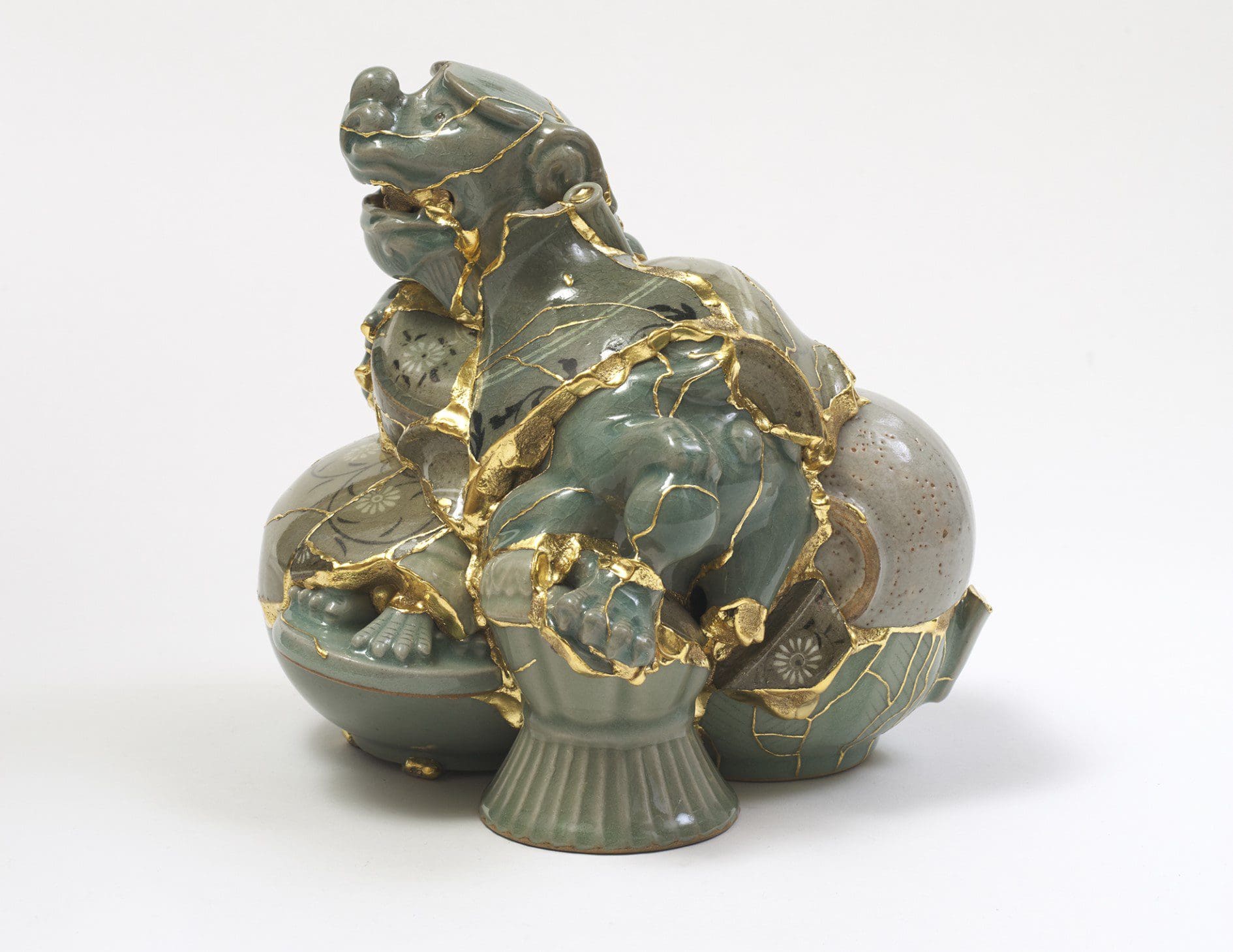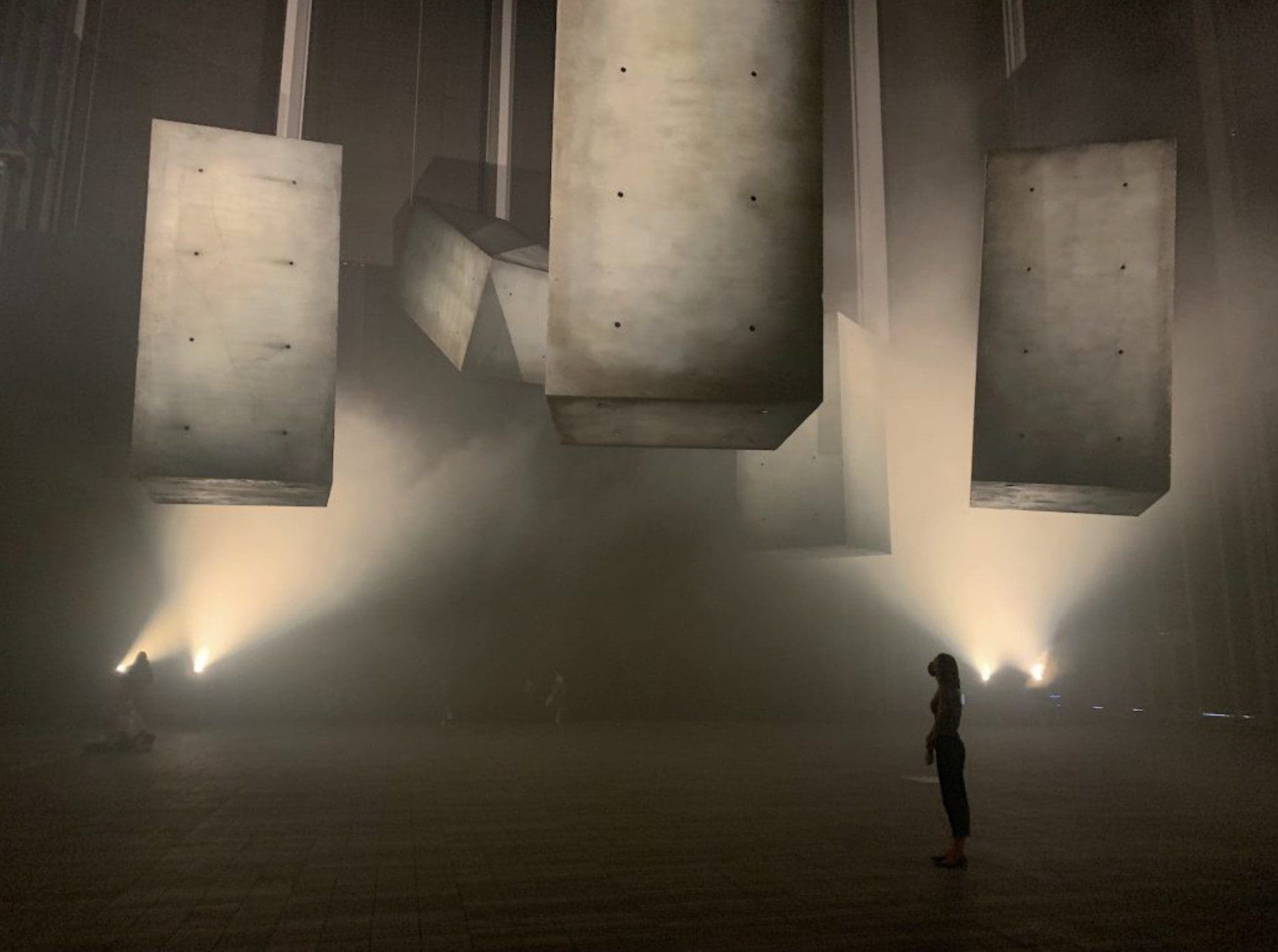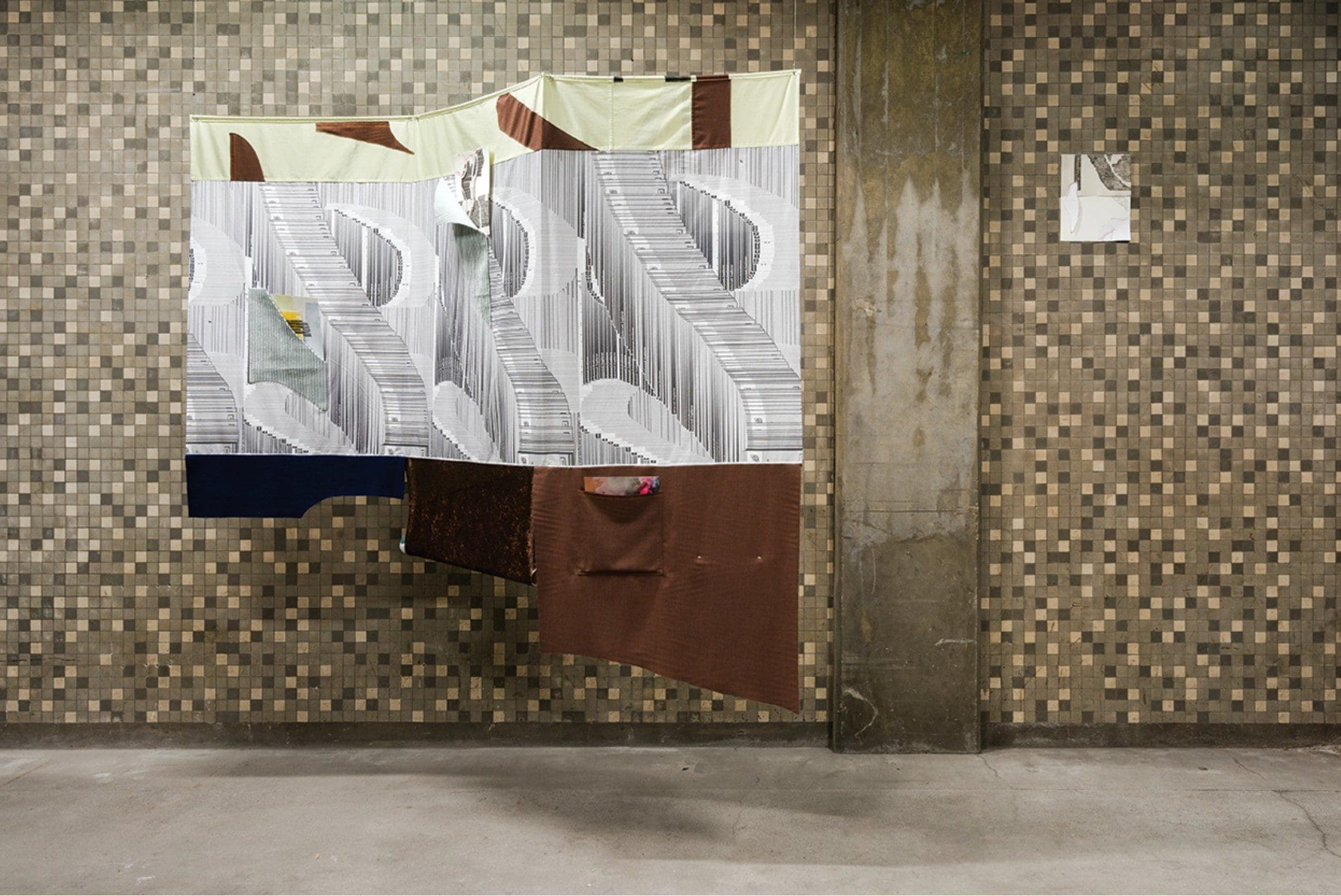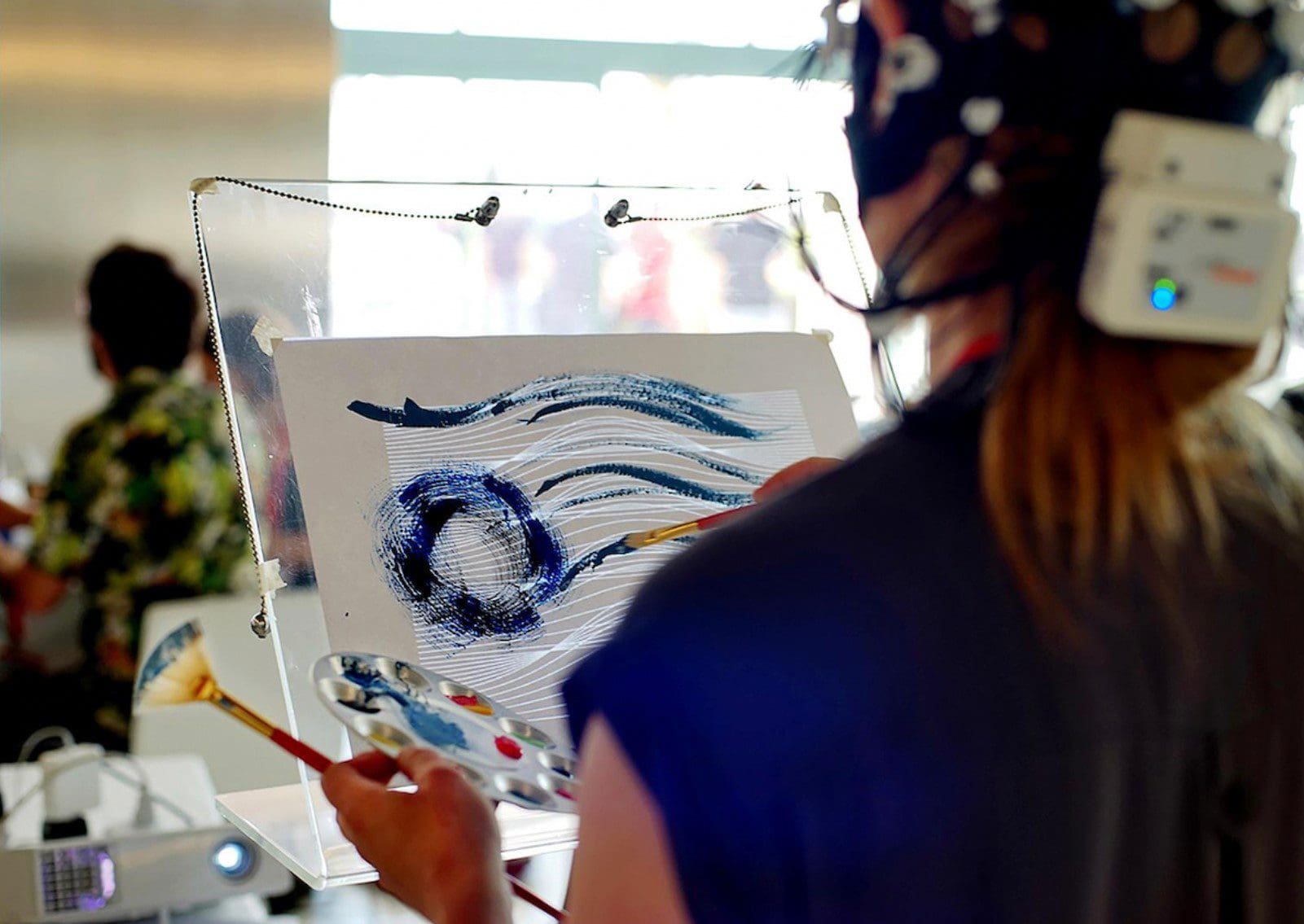Andy Sand’s “Lachnum niveum”
Salamander silhouettes, an ant clutching a snack, and the diverse findings of an unintentional insect trap are a few of the winners of the 2021 Close-Up Photographer of the Year contest (previously). Now in its third year, the global competition garnered more than 9,000 entries across 55 countries, an incredible selection that unveils the stunning and minuscule details of the natural world. See some of our favorite shots below, and view all winners on the contest’s site. (via Kottke)










